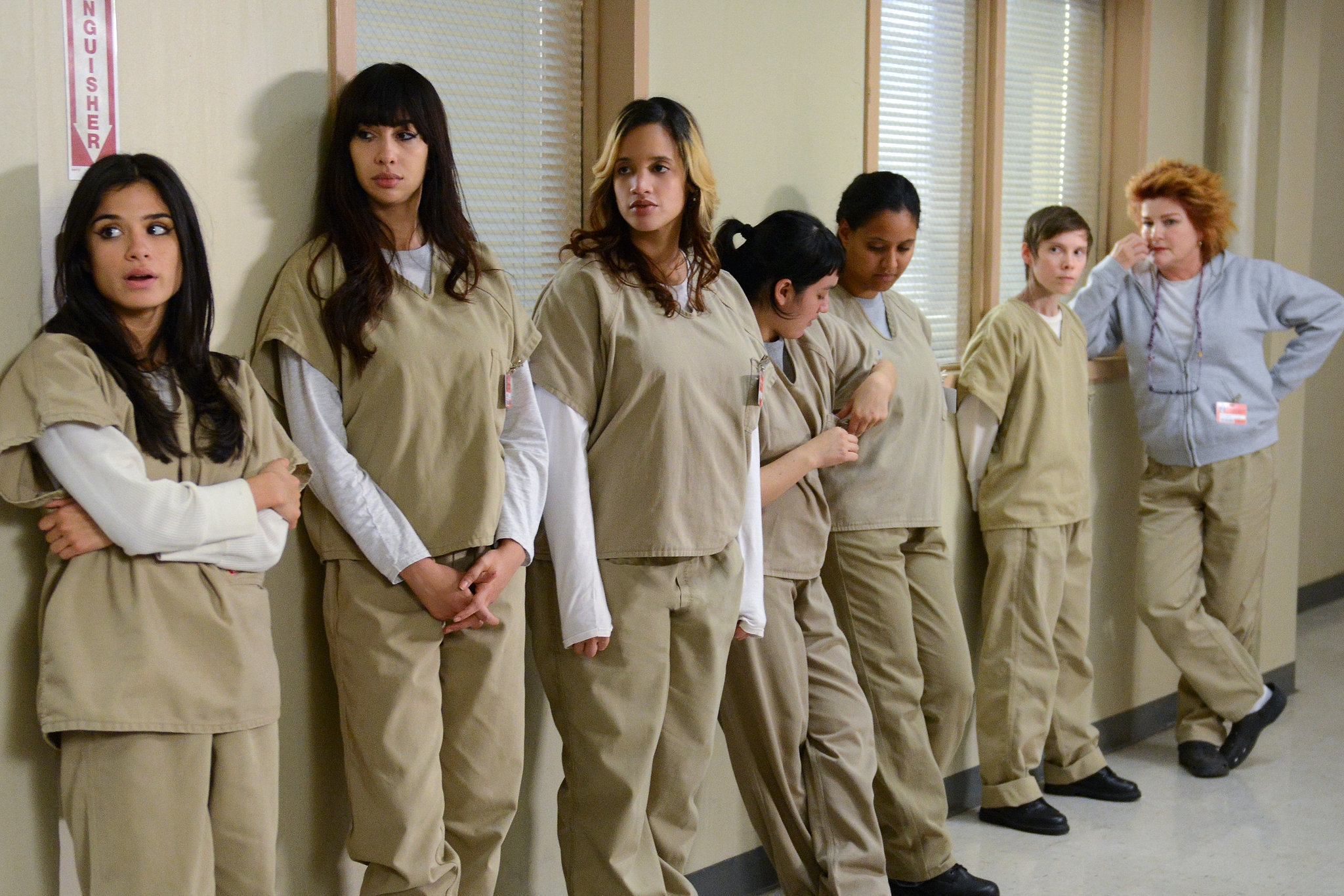 Orange Is the New Black was never really intended to be a smash hit. While Netflix threw lots of money into promoting House of Cards, Orange was always positioned as something of an experiment, a low-risk series meant to reach a different section of Netflix’s audience. However, right from its first season, Orange has been a major sleeper hit, continually growing an audience based almost solely on positive word of mouth. At this point it is more successful (and, frankly, better) than House of Cards, and something of a phenomenon for Netflix. It just goes to show that if you write a show driven by empathy for its characters and make it readily available to people, it will find an audience.
Orange Is the New Black was never really intended to be a smash hit. While Netflix threw lots of money into promoting House of Cards, Orange was always positioned as something of an experiment, a low-risk series meant to reach a different section of Netflix’s audience. However, right from its first season, Orange has been a major sleeper hit, continually growing an audience based almost solely on positive word of mouth. At this point it is more successful (and, frankly, better) than House of Cards, and something of a phenomenon for Netflix. It just goes to show that if you write a show driven by empathy for its characters and make it readily available to people, it will find an audience.
But can Orange Is the New Black keep its quality up now that audiences already know what to expect? Personally, I think so, but there are some indications in the recently-released season three that it may have some obstacles to overcome in its transition from sleeper hit to popular institution.
The most notable difference in the third season is that there is no real center to the story. The first season had a clear arc with Piper slowly coming to understand her fellow inmates, who came from very different walks of life, as actual people rather than the stereotypes she imagined at first. The second season centered itself around the conflict with Vee, a character with connections to several first season characters, whose reappearance significantly changes the relationships at Litchfield.
Year three contains a whole lot of stories for different characters, but they all remain largely separate. While one could see this as a problem, in that the season is not actually about any one thing in particular, I actually enjoyed the change in direction. For one, the stories are almost always involving and give the audience further insight into the characters. People can shift from being “heroes” to “villains” in the course of a few minutes, and the audience frequently finds themselves going back and forth between rooting for and against particular characters. The new structure also further emphasizes the fact that, despite centering around Piper in season one, there is no real “main character” to this show. Various characters get to be the primary protagonist of their own stories, and it keeps the show feeling fresh.
The season does contain some quirks. For one, the apparent lack of solid contracts with the cast is creating some awkward storytelling. We saw this last year, when Laura Prepon left the show. They handled her (temporary) exit fairly well there, making her absence a significant part of Piper’s story. Here, the cast exits (which may or may not be permanent) are slightly more abrupt. Matt McGorry’s Bennett and Natasha Lyonne’s Nicky both leave the season very early on, after only an episode or two of set-up. In each case, it feels very clear that this is a way of resolving off-screen issues and schedule conflicts, rather than writing what is best for their stories. It would be nice if Netflix could work out some multi-year contracts to keep the show consistent, but since those are usually written at the start of a series, and Netflix had no idea how popular the show would be, the haphazard absences may simply be a reality of future seasons.
Orange Is the New Black is also running into a similar problem to what Lost experienced in its later seasons: it’s running out of relevant backstory for its primary characters. Fortunately, because the show is thematically about empathy and viewing others as actual people with their own problems and motivation, the inevitable expansion of flashback storytelling for minor characters has felt natural. Even more than in season two, season three seems invested in making even the characters who are narratively irrelevant (seriously, Chang) into actual human beings that we can understand. While these flashbacks can feel less elegant than those in past years and sometimes completely unrelated to the episode’s in-prison storyline, they are usually at least interesting enough to get the audience invested.
Regardless of shortcomings, this is a very entertaining season of television that significantly progresses its characters. Piper, Poussey, Suzanne, Caputo, Alex, and Pennsatucky all go through major changes, both good and bad, and even the characters who are more static end up in a very different place, narratively, than they began. If Orange Is the New Black can keep delivering this kind of character progression and empathetic expansion on an annual basis, there’s no reason it can’t continue to be the beloved hit it currently is.